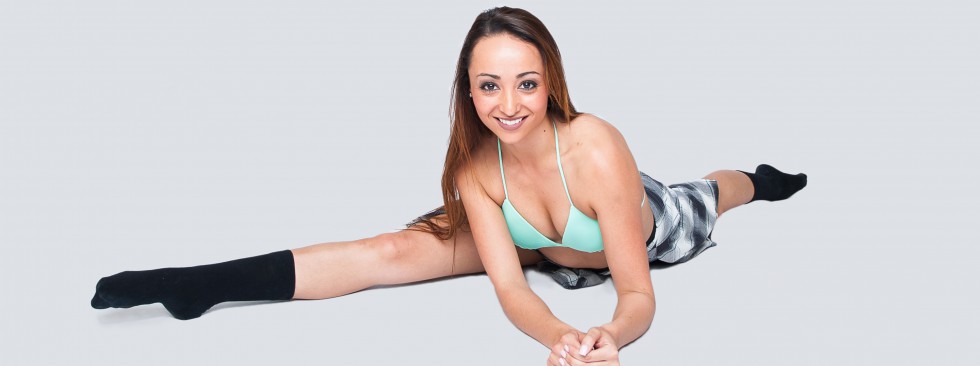In the studio you spend hours and hours brushing up your technique, and maybe dreaming of the perfect college dance program. But as much as your studio teachers have prepared you for taking the next step in life, the transition between studio and college dance major can be tricky and very different from dancing at home. Even if you whiz through auditions, and grab a scholarship, you will soon come to find it takes more than great technique to succeed the challenges of freshman encounters.
Meeting New Expectations
Becoming a dance major is the equivalent to becoming a professional dancer, it needs to be taken as seriously as a job. Colleges want to prepare you for the demands of the real dance world, but in a safe environment where it is not too late to learn from your mistakes, and we all end up making them at some point.
Though your home studio may have been lax in regards to absences or tardiness, colleges are cut throat, black and white. If you are late for class, you might as well just turn around and go home, because that door will be locked when you try to waltz in after grabbing a ‘quick’ coffee. And a full absence without a make up class will deduct your grade majorly. Dance is such a hands on course, if you miss there is no other way for you to learn. In the college atmosphere you are expected to act like a professional! Be sure to show up early for classes, and be dressed in appropriate dance wear. Also keep all personal drama outside of the classroom, find out what extra training your body needs and do it outside from your class training hours, and always attend every rehearsal.
You need to be super responsible in college, you are living without your parents for the first time and it will be up to you to keep yourself on track and motivated. There are tons of distractions in college (boys, girls, parties, etc), you will need to learn how to stay focused and get yourself up to get to classes.
Finding The Courage To Stumble
The college experience is also about taking those creative risks in your movement. Go audition for the school’s company, try new styles, take outside classes, present your own work in front of an audience. You will learn how to deal with success, disappointment, and everything in between, just like you would if you were in the professional world. Attending college will get you out of your comfort zone, and into a new internal space for you to grow.
Often dancers will come into class with an urge to prove their abilities or value in some way, and it comes across as over confident and straight up arrogant. If you get caught up in that aura, you end up shutting off your receptors to learning new information. Be sure to remain humble in this experience, and make new friends around you. Everyone is feeling first time jitters as you are.
It is important to be willing to re-evaluate your technique from the core outwards. Even if that means going back to the barre and learning a plie’. Sometimes this can feel like you are taking a step back, but you really need to develop that strong foundation. Knowing you are being graded might make you nervous, but it will also make you re-think the basics. As long as you are showing that you are working hard, eager to learn, and giving everything you’ve got, your grades will be just fine.
Finding New Space To Grow
Back in your home studio, you were probably the best dancer. Now you are entering a room with all of the best dancers from their hometowns, how would that make you feel? Knowing you are all on the same level, now what is going to make you different? This change can be a big adjustment for some. But all it takes to make the transition seamless is a little humility and willingness to grow.
Now instead of feeling a need to compete with dancers in your class, now it is about finding the artistry in movement, and finding your individuality. As a dancer you now need to shift your view of dance and open your mind to exploration.
Surviving Day To Day
You are used to dancing many hours a day, but the physical demands of college dancing is often way more intense, and three times as long. Focus on massaging your body once a month with a therapist, take longer showers, and sleep as often as possible to restore your body. It is going to take some time to adjust to the heavy workload you have just entered into for the next four to six years!
Expanding Your Definition Of Dance
Almost any college faculty member will tell you the two most important qualities for succeeding in a college dance program, is the ability to have an open mind, and eagerness to work and learn. The ability to shift the way you view dance, is a must! You will dive into new styles and genres you have never danced before, and you will study dance academics such as business of dance, psychologies, dance history, anatomy, and many many more. During this time of your life you may find yourself not only becoming a better dancer, but you will develop ideas about dance, and why people dance. Through college you are constantly exposed to new things, act like a sponge and soak in as much of it as you can. When you graduate, you will be at the peak of your training, ready to conquer the industry!










